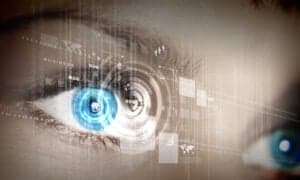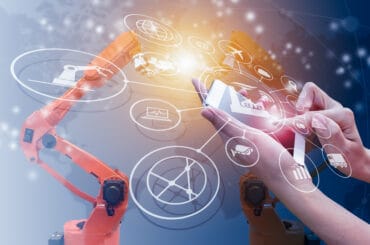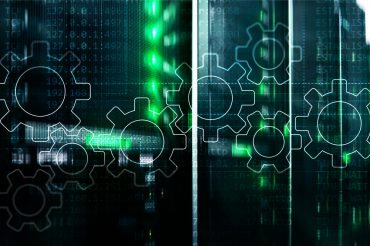
Intelligent vision systems have applications in autonomous driving, smart manufacturing, and more industries.
Computer vision has applications in a wide range of industries and applications. Advances in the field, especially intelligent vision systems that rely on real-time image processing using machine learning and AI hold the promise to open up even more use cases.
An example of what can be accomplished is found in the work being done by WiMi Hologram Cloud. It has developed an augmented intelligence vision system that can automatically recognize, track, and classify objects. It uses computer vision, augmented reality, and deep learning to do all this in real-time. This has potential applications in multiple fields, including autonomous vehicles, supply chain and smart manufacturing, and in a variety of aspects of healthcare.
The hybrid system comprises four parts—data acquisition and other pre-processing, feature extraction, model training, and real-time recognition. The vision system first perceives the objective world, classifying and separating essential information before learning from that world and adapting to new scenarios.
Multiple vision sensors combine to acquire this information, and a convolutional neural network extracts relevant features from this data. The system self-optimizes so that the machine can adapt to new and novel environments. The system leverages real-time data collected from multiple sensors and is able to make predictions and decisions. And while it does this autonomously, it does spell interesting possibilities for human-computer interactions.
See also: Taking Computer Vision to the Next Level, with AI Behind It
Why intelligent vision systems are exciting
Such an intelligent vision system has applications just about anywhere computers need to “see,” i.e., process information in real time. Some exciting use cases could be in autonomous driving, making it safer and getting one step closer to full autonomy. In smart manufacturing, this could enable greater robotic involvement on the factory floor and in other dangerous work.
It could also be leveraged in the healthcare industry to support doctors and healthcare workers in monitoring and diagnosing patients. If the machine is able to see physiological signs and human body data, that could help support medical professionals as they uncover diagnoses and build treatment plans.
With a more immersive environment, workers could have better experiences working alongside computers and machines. This continues to push the boundaries of what is possible in computer vision, augmented reality, and human-computer interactions.




























